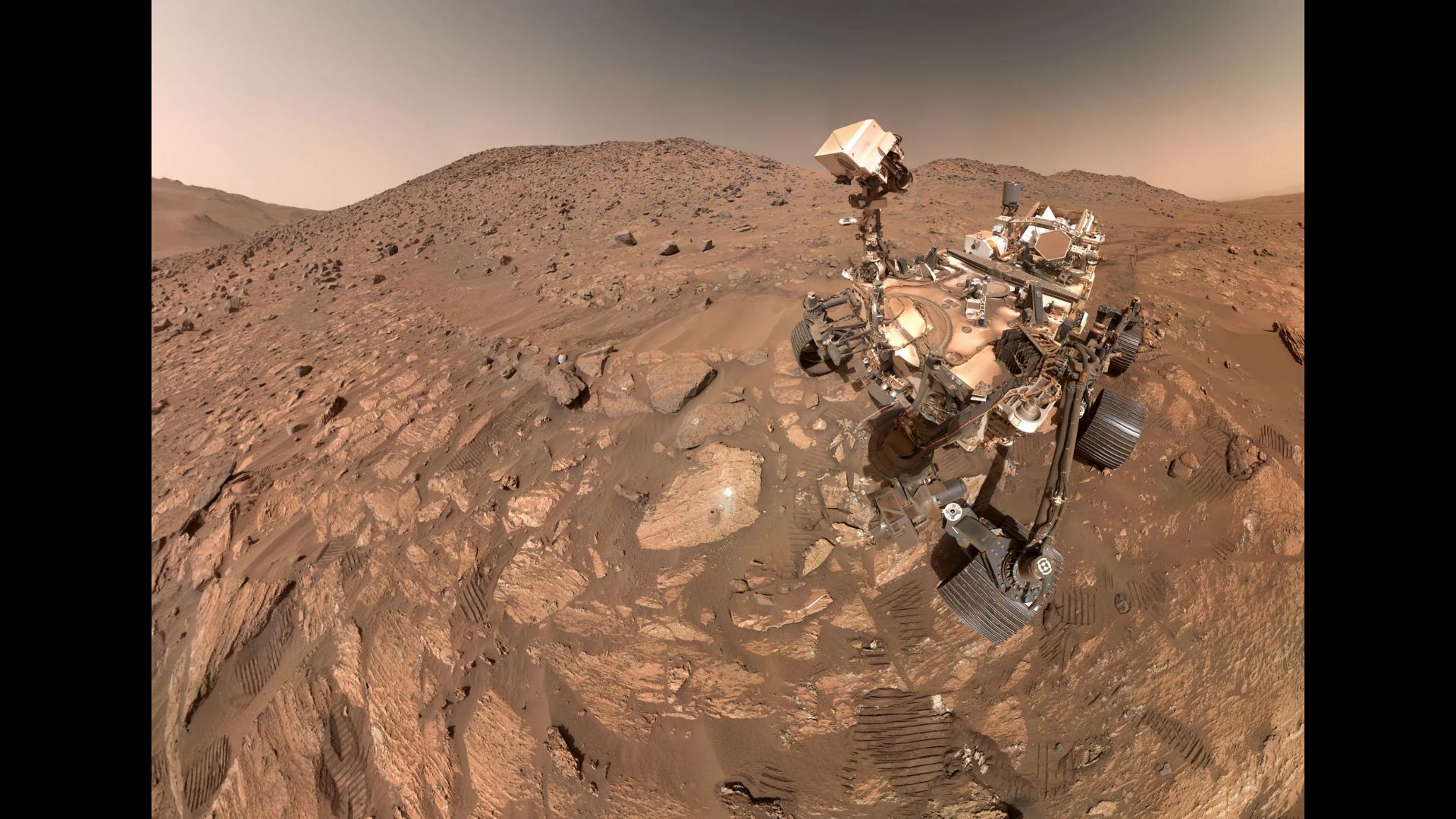Images: Dust Grains from Interstellar Space
Interstellar visitors
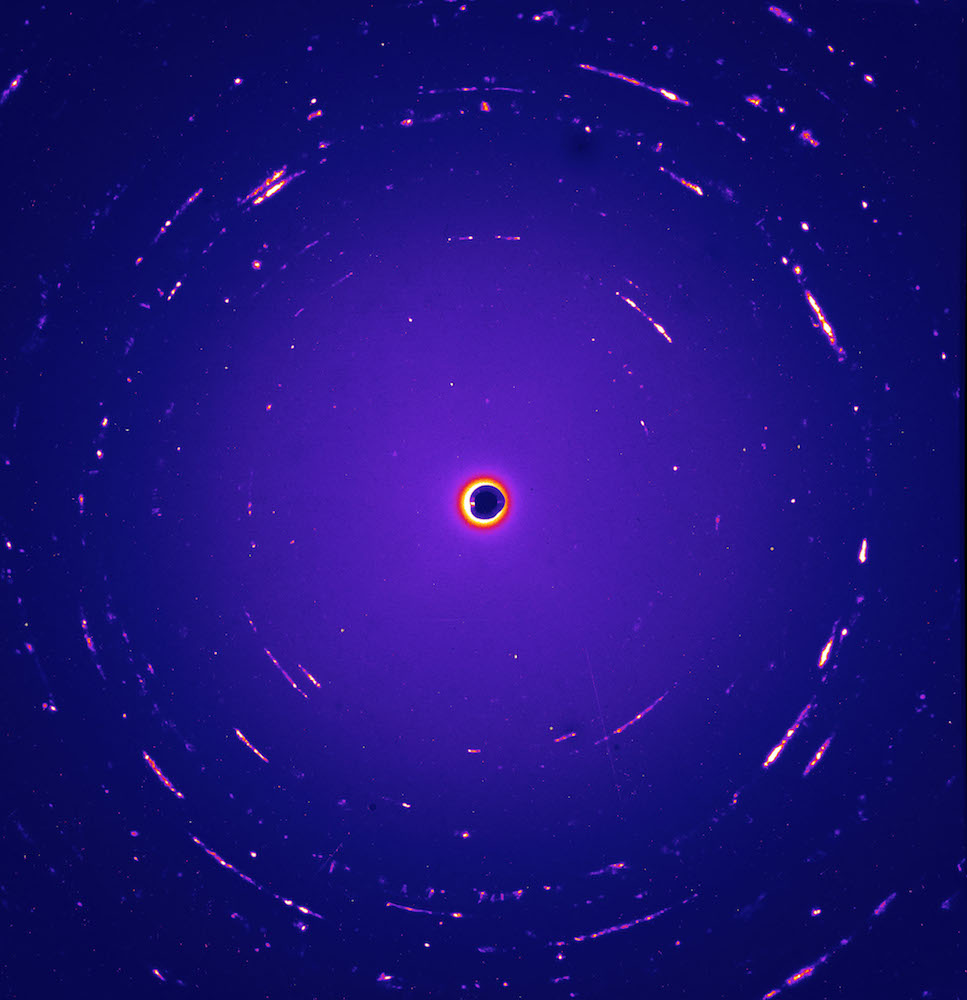
A NASA spacecraft has captured dust particles that scientists believe may come from interstellar space. Above: a false color image of diffraction pattern from one of the particles, called Orion.
Read full story
Beaming at dust

Researchers used the Advanced Light Source at the Lawrence Berkeley Laboratory in Berkeley, California, to analyze the dust particles that were captured by NASA's Stardust spacecraft.
Read full story
Stardust lab
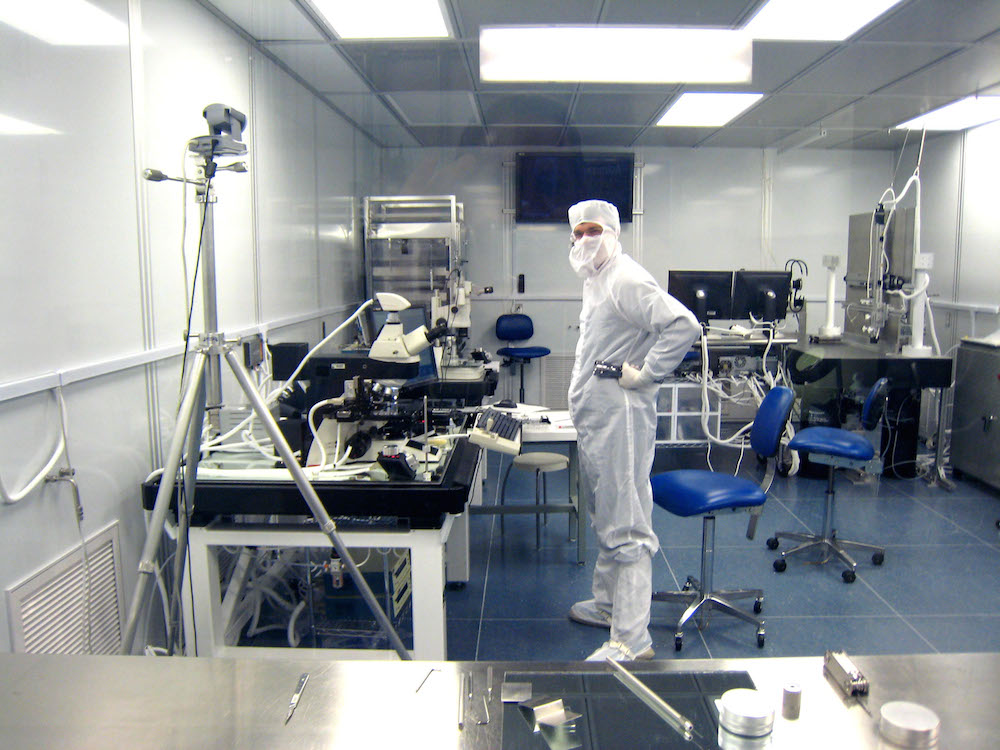
The specks could provide clues about the origin and evolution of interstellar dust that couldn't be found through astronomical observations, researchers say. Above: a day in the Stardust Lab at Johnson Space Center in Houston.
Read full story
X-rayed dust
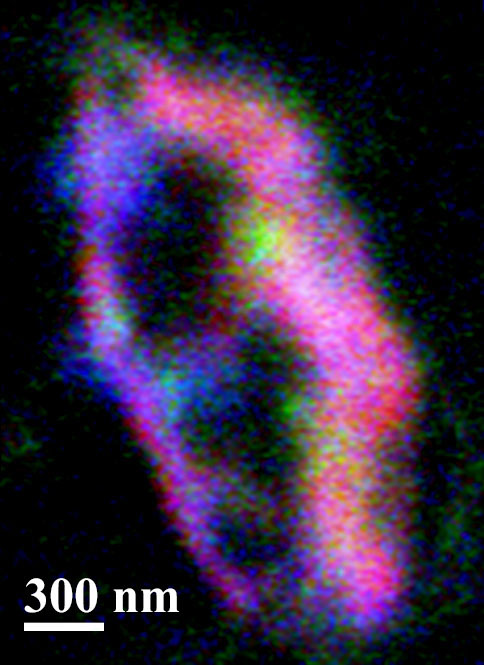
The researchers created this X-ray fluorescence map of the first interstellar dust candidate, Orion. Red is aluminum, green is iron, blue is magnesium.
Read full story
The life of Orion
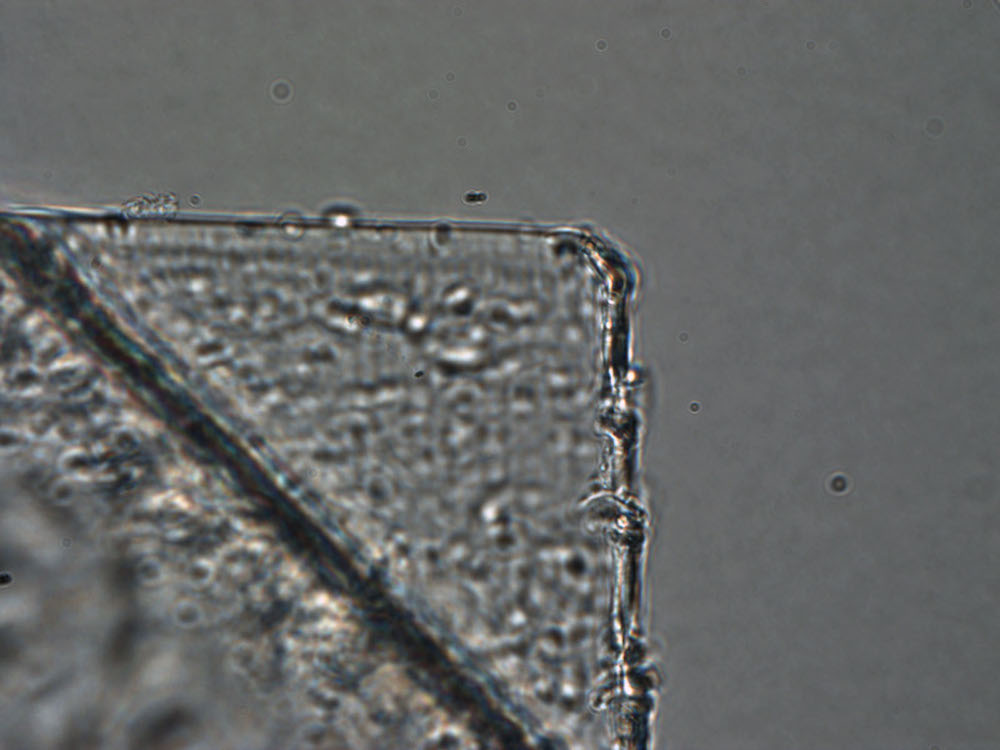
Additional tests must be done to confirm the particles' origin, but the evidence suggests that seven specks of dust gathered by NASA's Stardust spacecraft came from outside the solar system. Above: A noptical microscope image of Orion only shortly after it was removed from the spacecraft's dust collector.
Read full story
Keystone
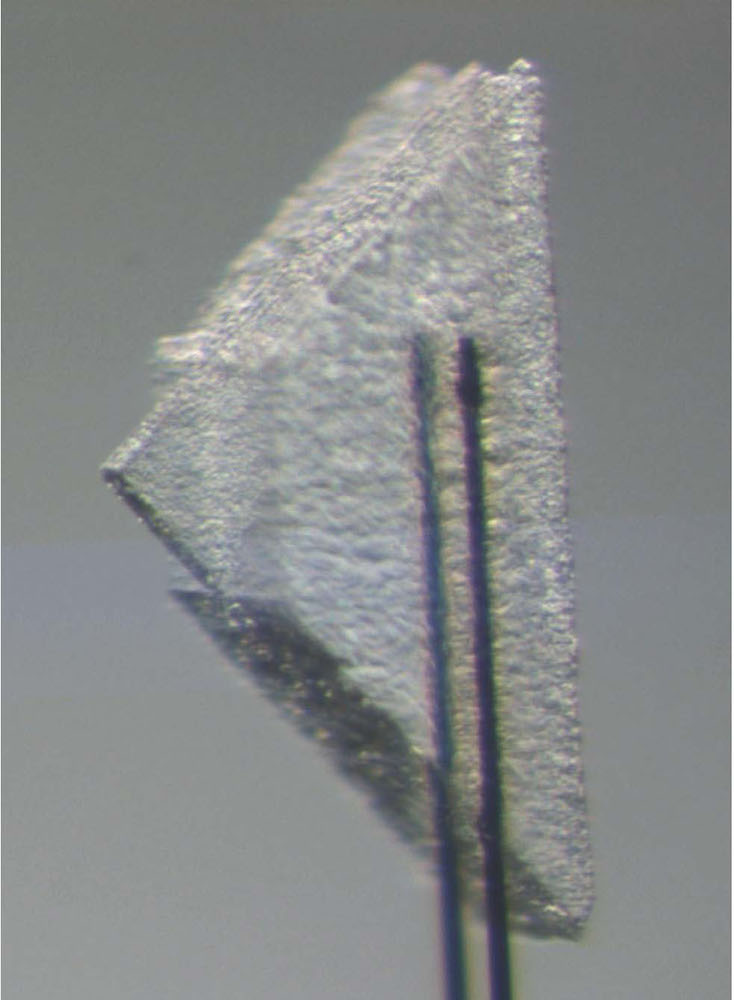
A picokeystone extracted from NASA's Stardust spacecraft interstellar dust collector at the Johnson Space Center in Houston.
Read full story
Cutting for stone
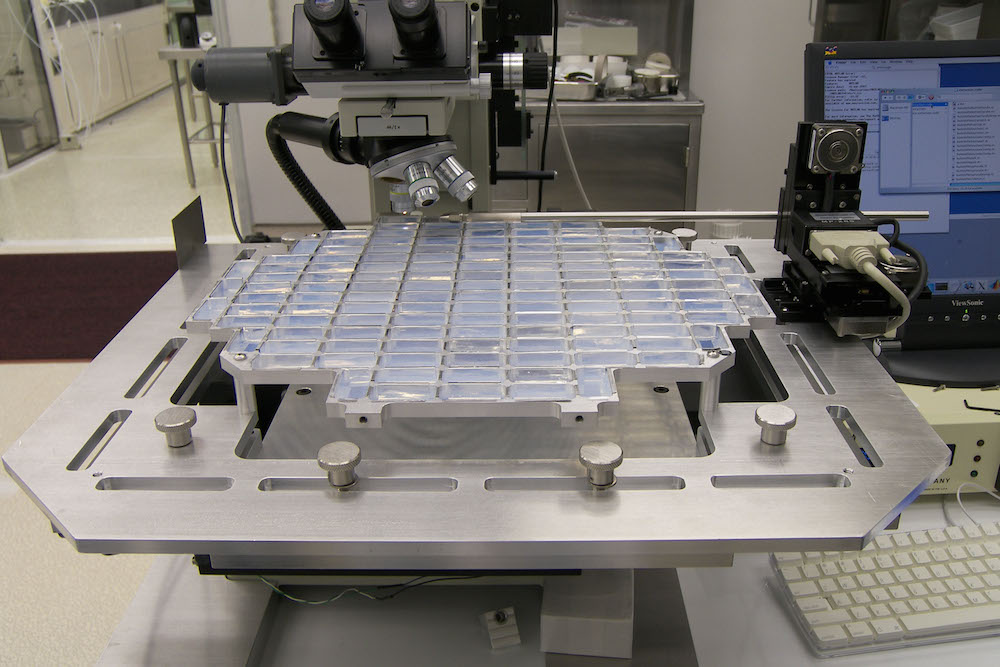
A keystoning apparatus cuts a picokeystone out of the dust collector.
Read full story
Get the world’s most fascinating discoveries delivered straight to your inbox.
Keystone closeup
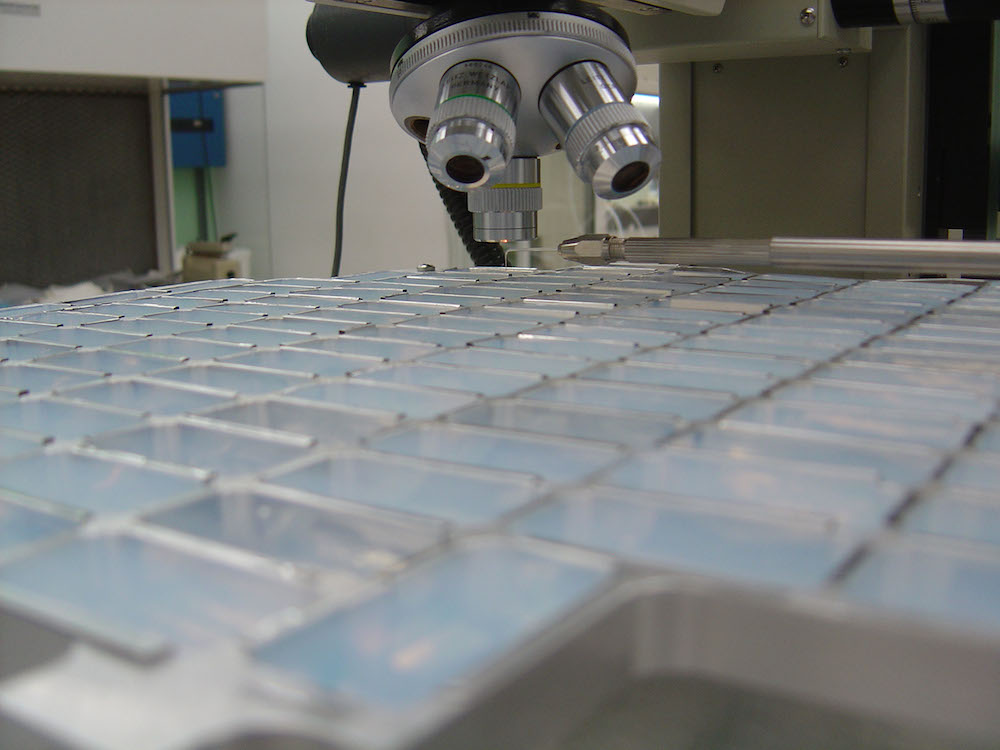
A keystoning apparatus cuts a picokeystone out of the dust collector.
Read full story
Dust crater
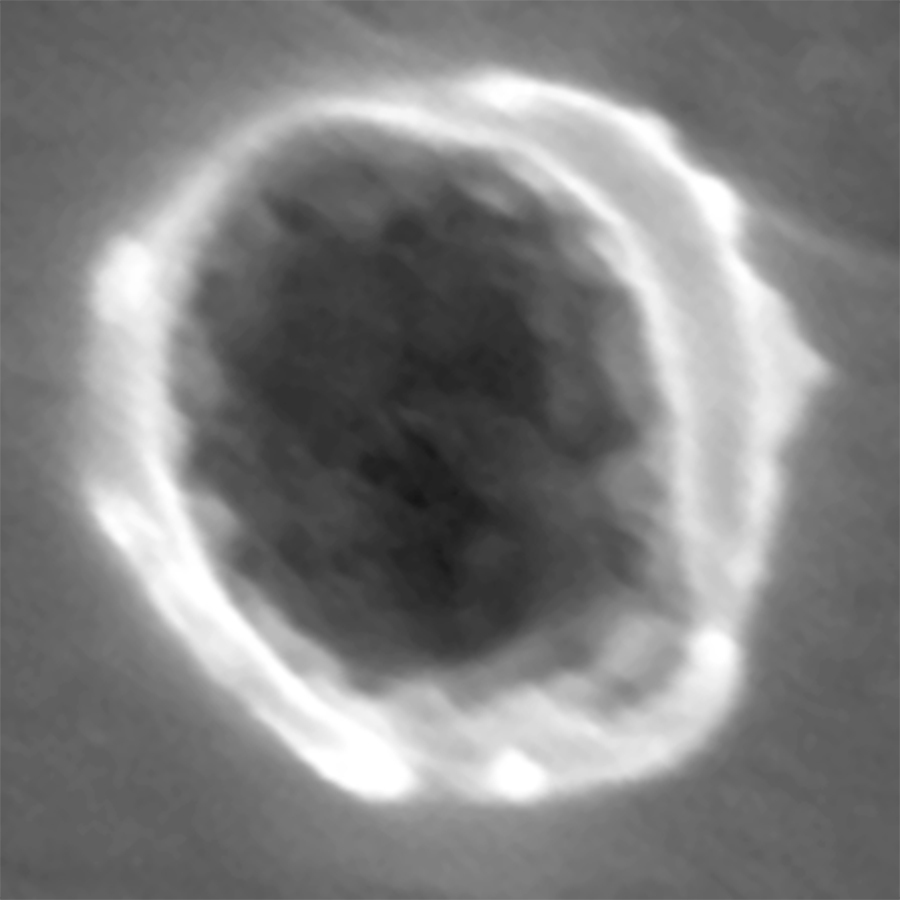
A scanning electron microscope view of one of the tiny craters on a NASA probe thought to be from the impact of interstellar dust. The crater is about 280 nanometers across.
Read full story



